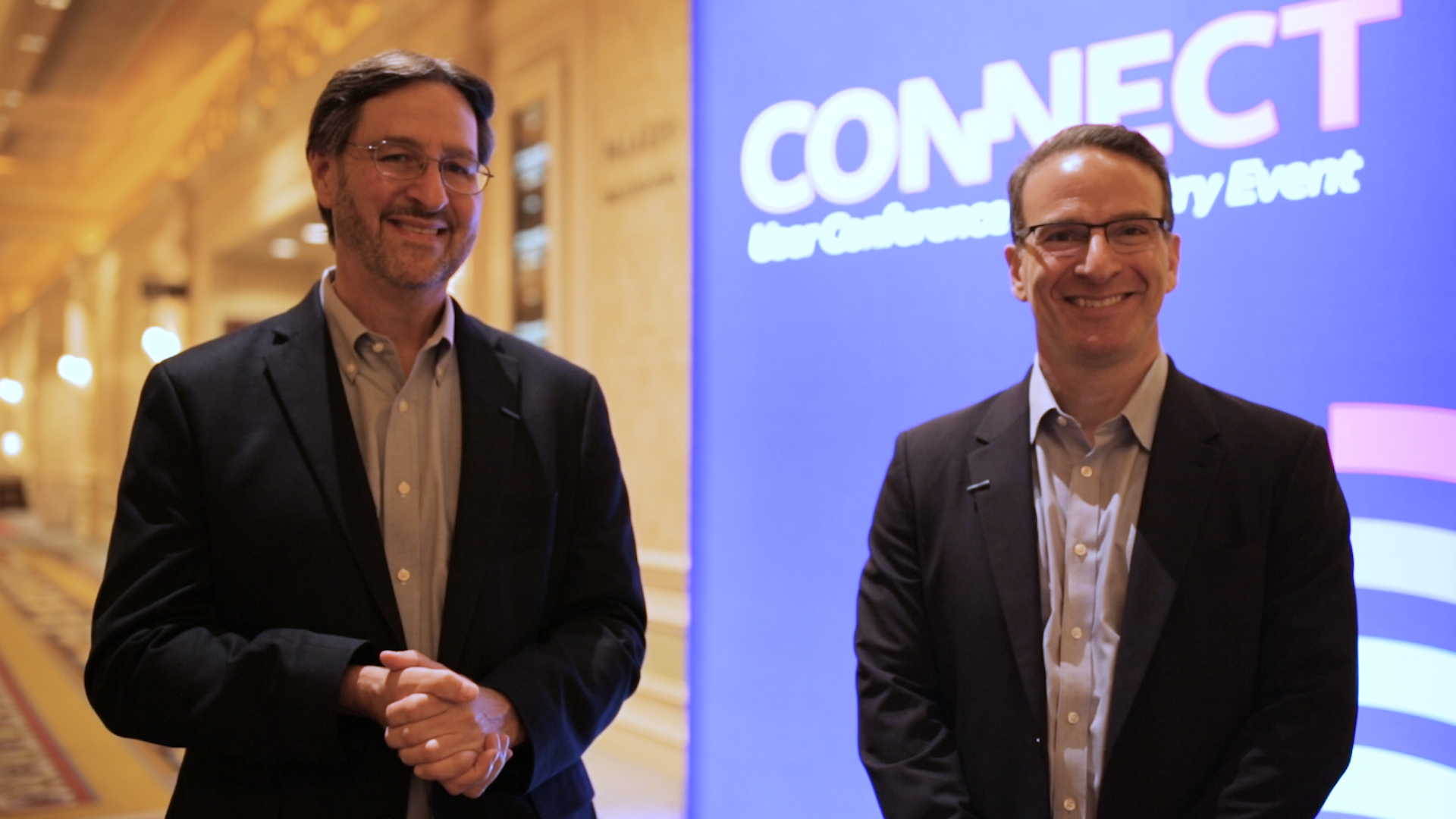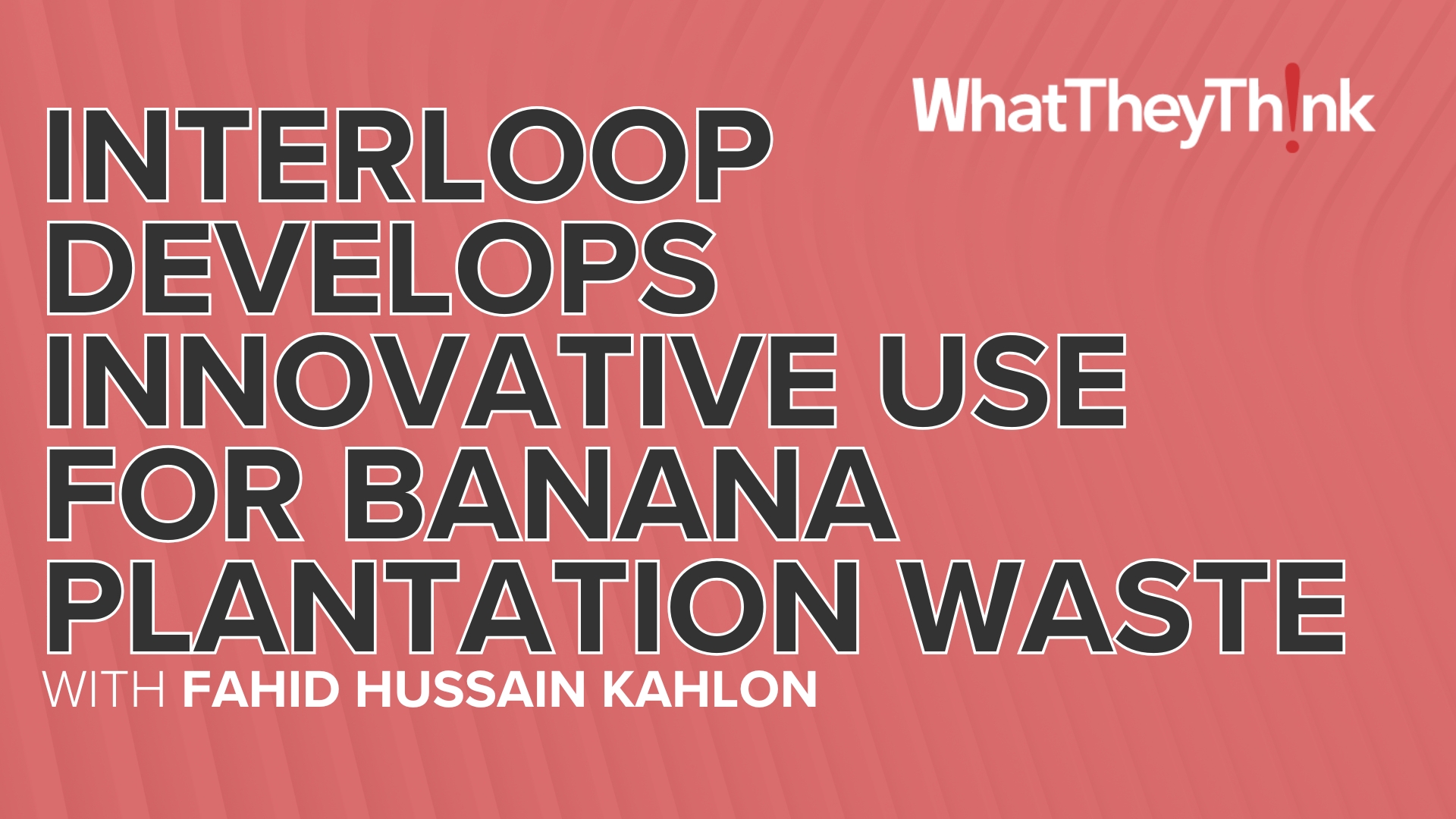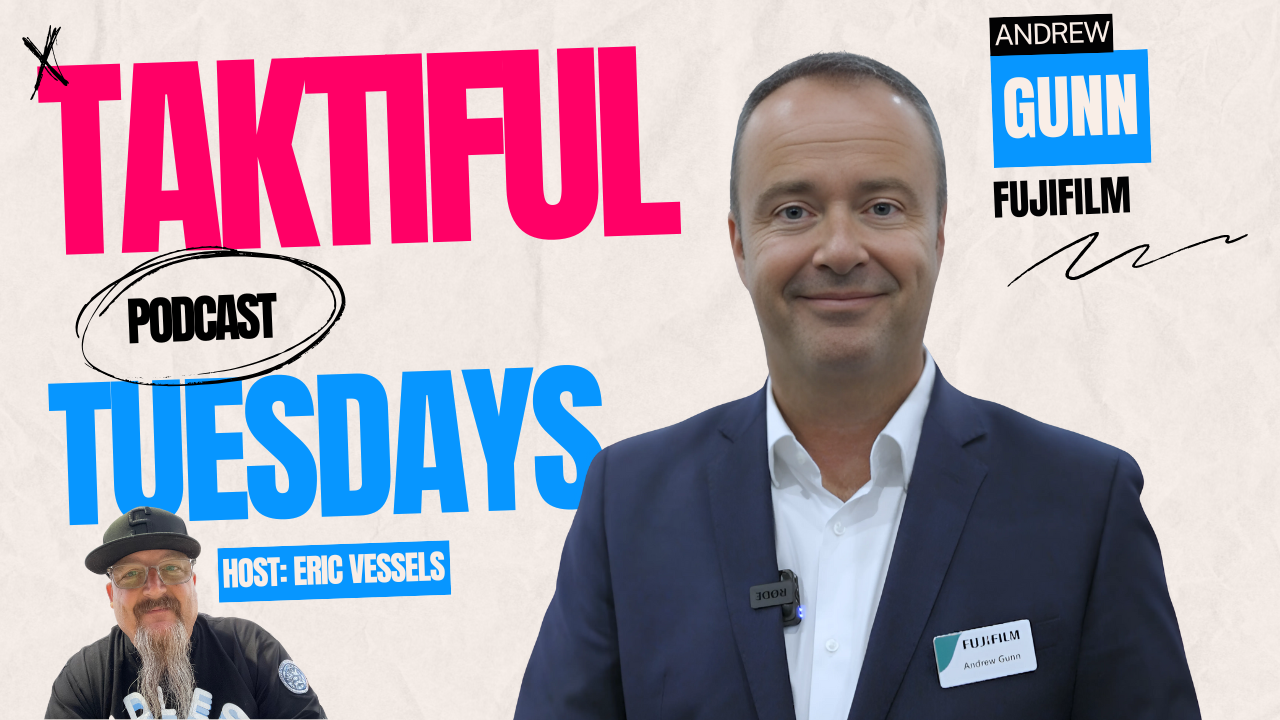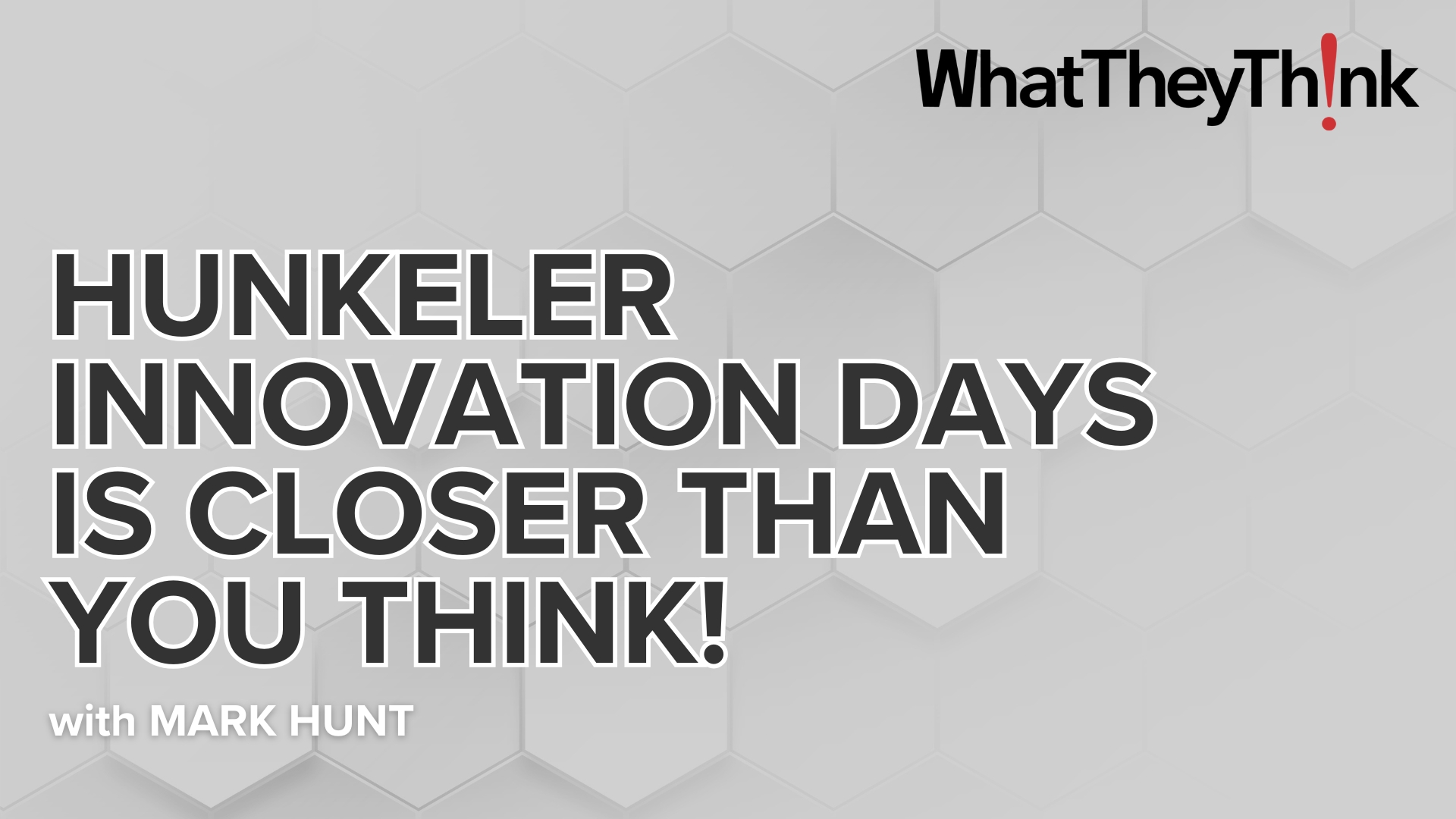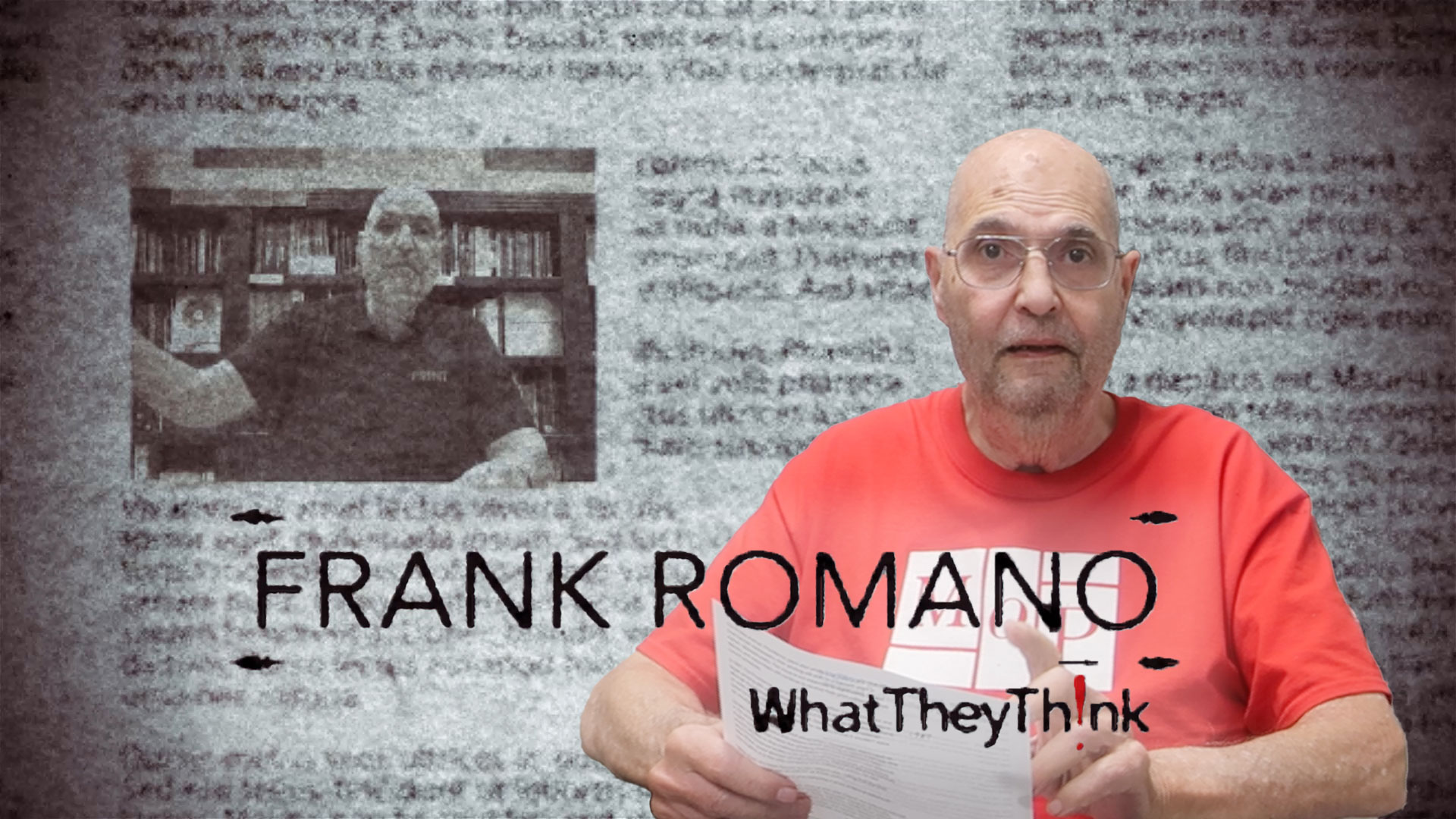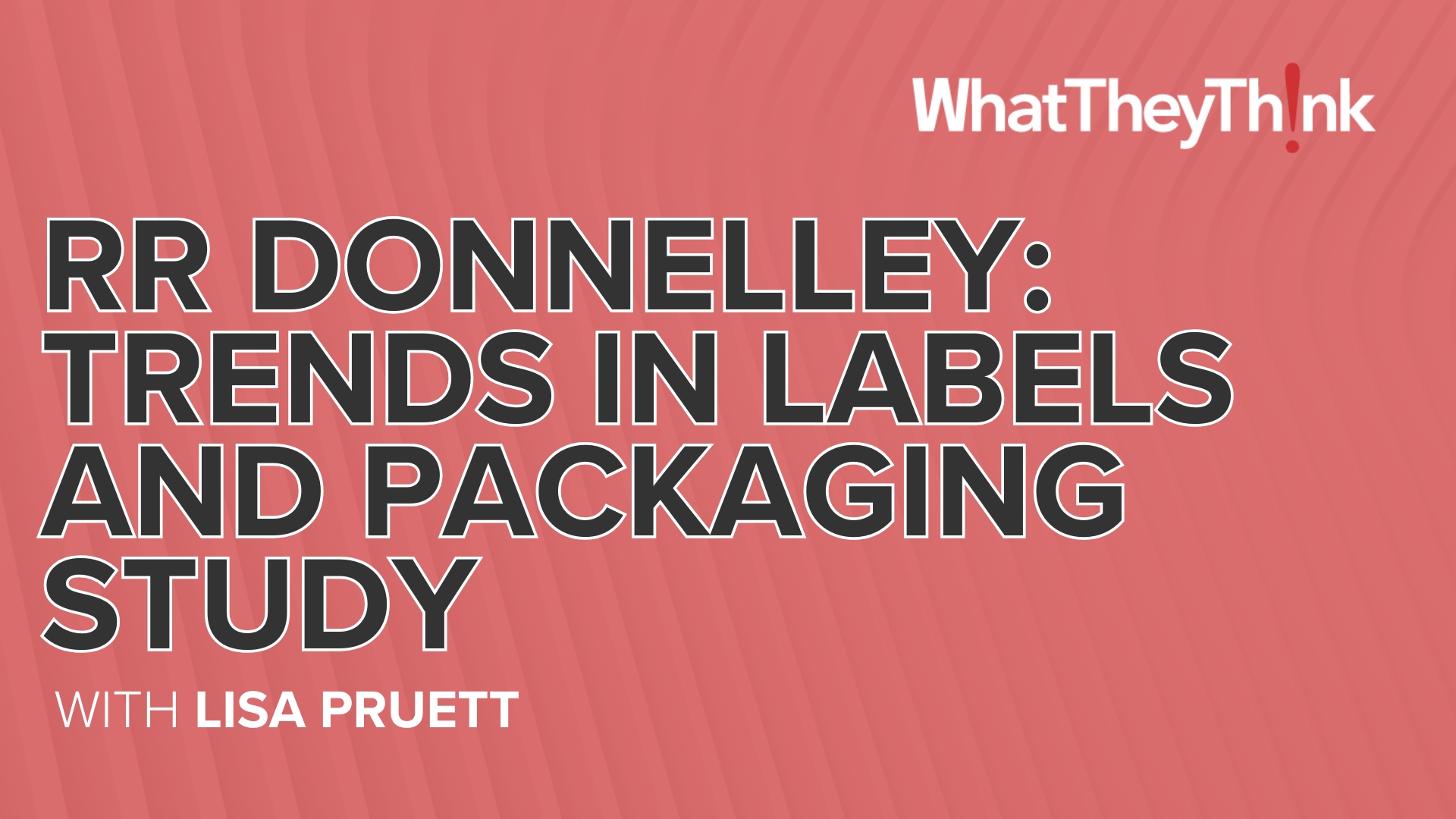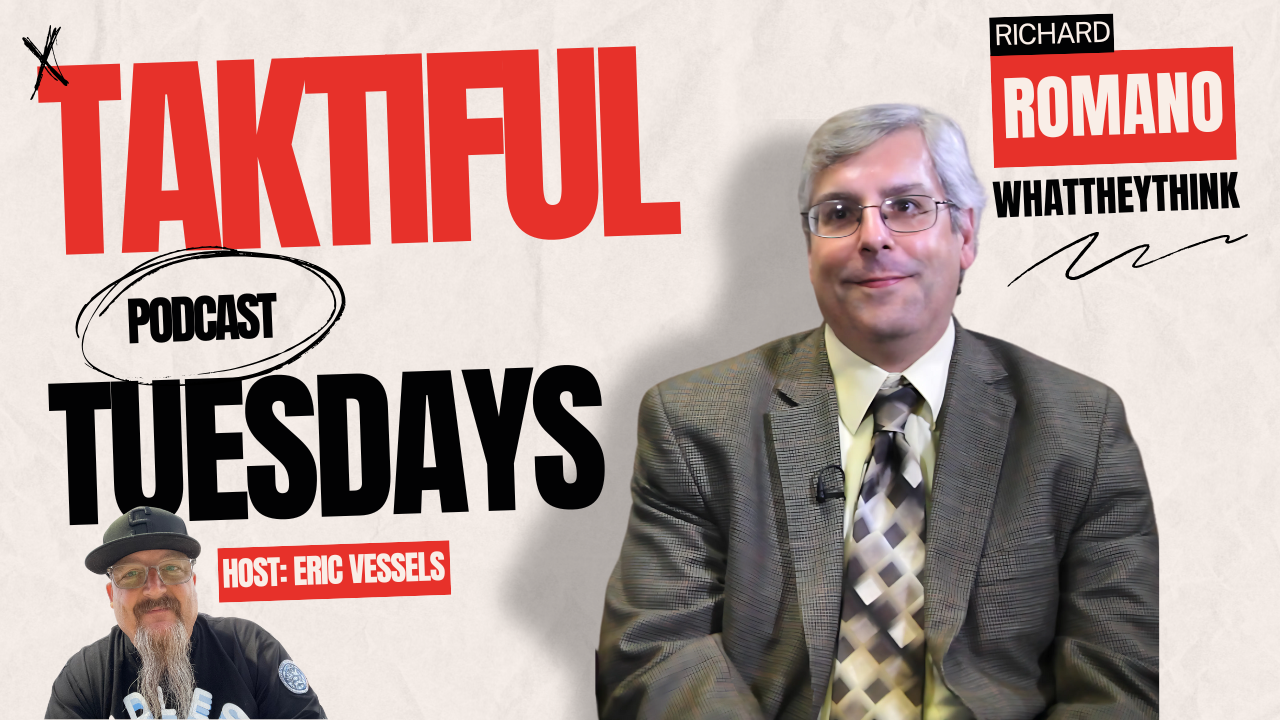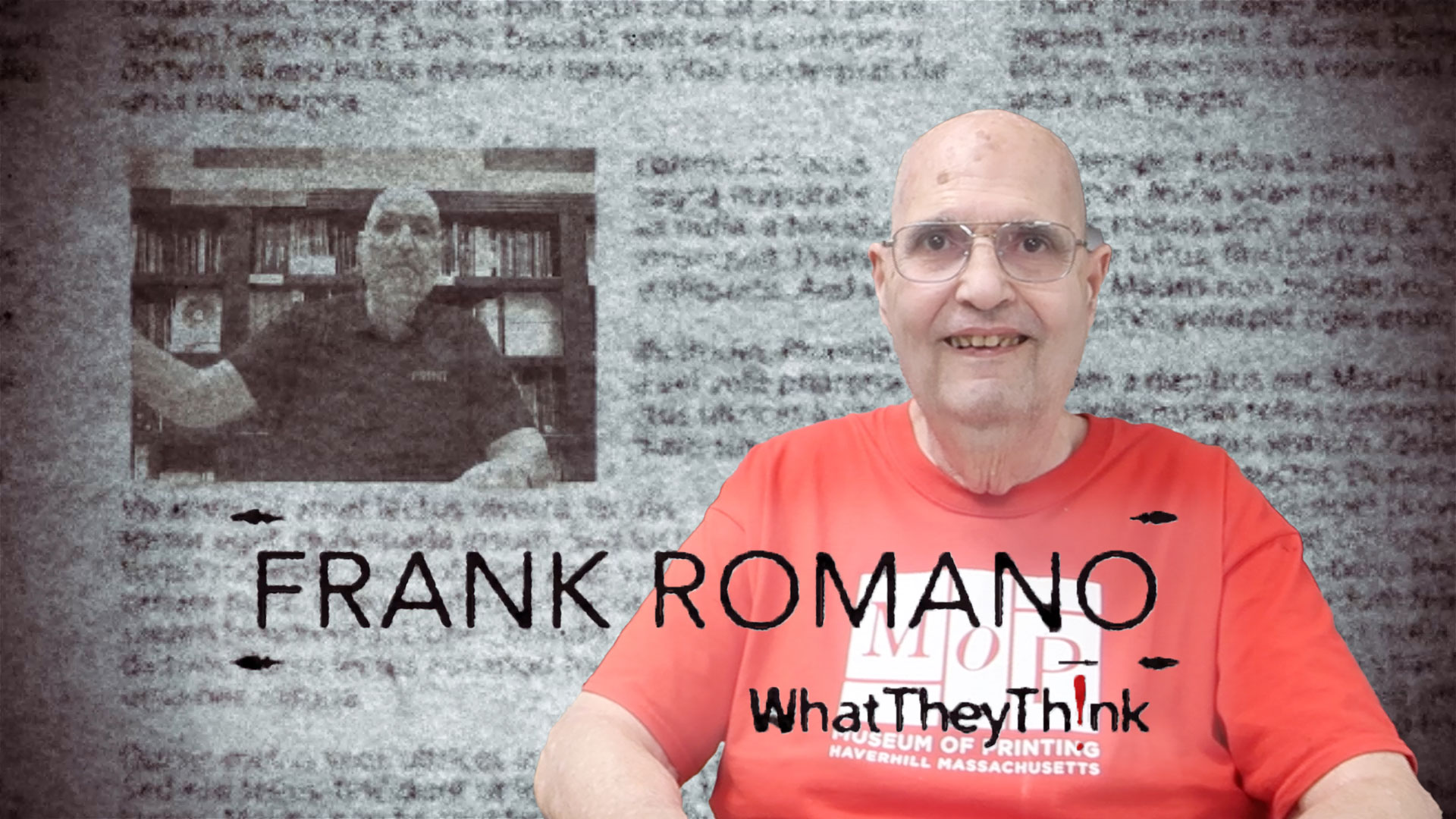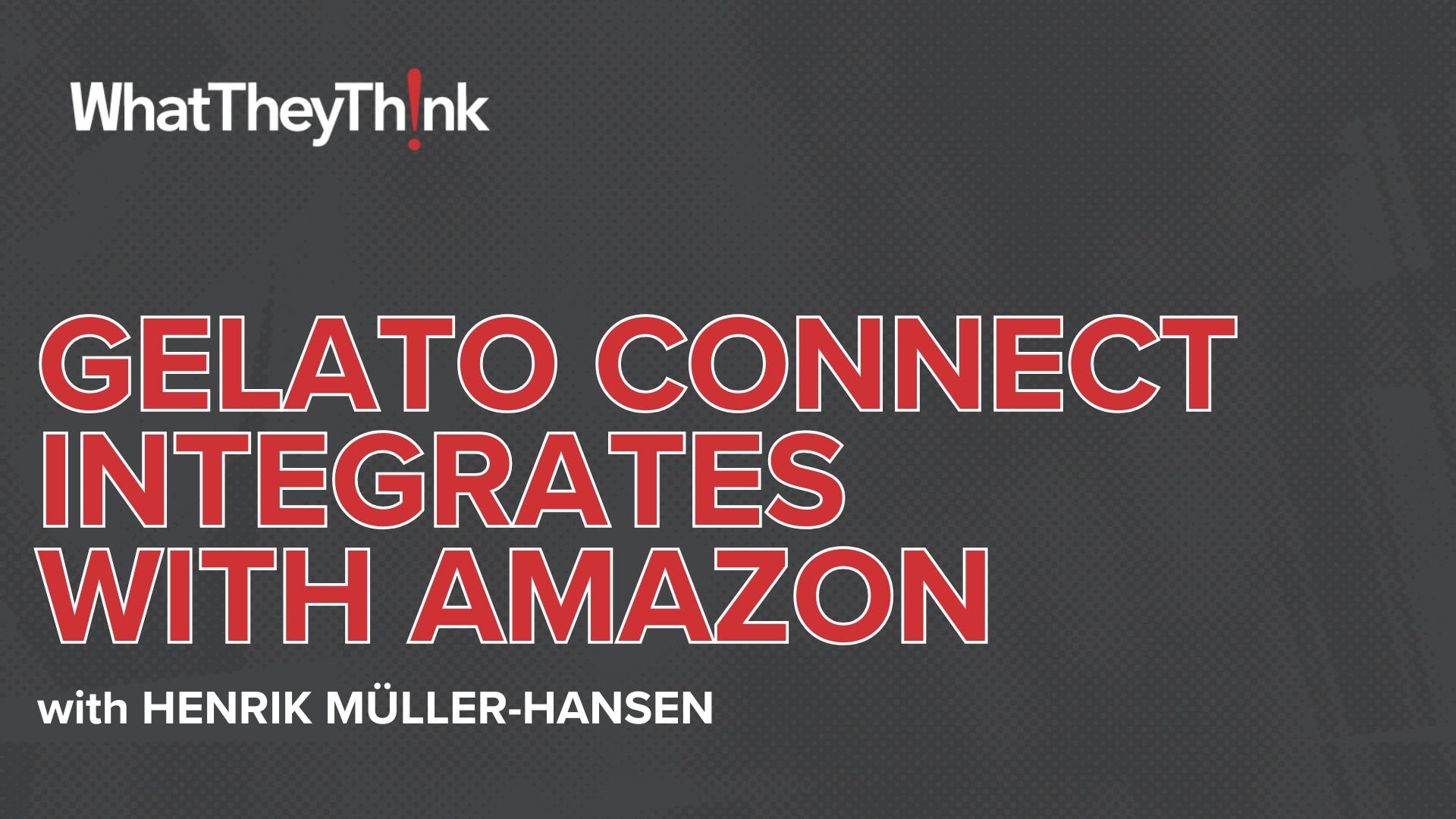Müller Martini Makes Production More Sustainable with OnDemand Production
Press release from the issuing company
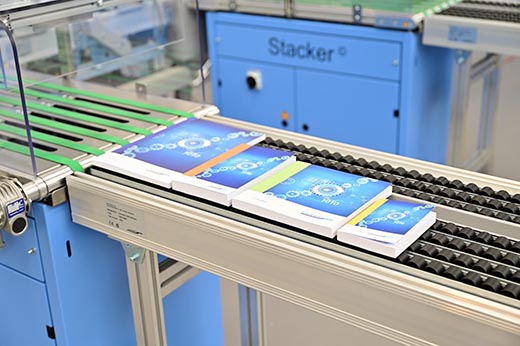
Every single product is perfect and ready for immediate sale: In print finishing, Muller Martini supports sustainable production with intelligent on-demand production.
Combined with intelligent on-demand production, Müller Martini's Smart Factory is the answer to sustainability in the printing industry – not only significantly reducing the carbon footprint, but also driving the digital transformation. Müller Martini will be demonstrating the economic and ecological benefits at drupa booth 1B50 and at the drupa "touchpoint sustainability" in Hall 14.
According to a calculation by the German Bundesverband Druck und Medien (Federal Association of Printing and Media BVDM), the CO2 emissions of all printed products produced by a citizen in Germany account for less than one percent of the annual CO2 footprint. However, it is important for Müller Martini to take responsibility for the sustainability of print products and to make a significant contribution to reducing the CO2 footprint.
Müller Martini is focusing on three key operational areas where a direct impact can be achieved: business operations at production sites, the use of machines in operations, and the realization of ecologically sustainable business models for our customers. Considering the long service life of Müller Martini's robust machines, the greatest lever for ecological optimization lies in reducing paper consumption, as this is where a large portion of the CO2 footprint is generated. Müller Martini's Smart Factory, which can produce individualized print products down to a quantity of 1 without setup times and start-up waste, is keeping with the spirit of sustainability.
The advantages of on-demand production are obvious in this context, especially in conjunction with digital printing systems (web and sheetfed). The print run is precisely matched to demand – only what is sold is printed – everything else is not produced at all.
The environmental and economic benefits of on-demand production:
Efficient resource management Reduction of energy and resource consumption Reduction of storage and labor costs Increasing productivity Reduction of capital commitment Increasing liquidity Reduction of the CO2 footprint Reduction of initial publication costs Simplified reprinting in case of errors
At the heart of the Smart Factory
The current transformation of the graphic arts industry requires flexible finishing solutions with short, automated changeover processes and minimal waste. This is where Muller Martini's Finishing 4.0 development strategy comes in. No or only minimal adjustments are required for job changes. This setup support saves time and minimizes start-up waste. The added value of Finishing 4.0 is also visible in energy and resource efficiency. On-demand production saves significant amounts of paper, ink, solvents, water and energy, which account for more than 95 percent of a print product's carbon footprint.
Production under control
In order to link the individual systems with each other in a network, a comprehensive workflow system is needed that connects all the work steps – from order acceptance to shipping. Today the Connex workflow from Müller Martini can map a wide range of production scenarios, such as print-on-demand or book-of-one. The Connex workflow is the heart of the Smart Factory, where there are no out-of-the-box solutions. “It takes a workflow that is perfectly tailored to the individual company to implement the digital transformation in practice”, says Adrian Mayr, Head of Product Management at Müller Martini.
The Connex workflow ensures networking between the organization level (MES/MIS) and the production level. This makes it possible to track production feedback right down to the individual product in real time. Smart optimization of production allows further reductions in changeover work and paper waste, which in turn contributes to efficiency and sustainability. Müller Martini's approach in this context is based on the principle of “first copy sellable.”
Driving the Digital Transformation
“Most of our systems are prepared for future expansion with components for the processing of digitally printed products. This applies to saddle stitchers as well as perfect binders and hardcover systems”, Adrian Mayer emphasizes in this regard. In practice, this means that installed systems can be upgraded in the field to meet current market demands. For example, an existing saddle stitcher can be upgraded with a digital option and thus be used for digital sheet-fed as well as web-fed printing or for combined applications.
Installing the latest generation of Muller Martini machines and implementing a Connex workflow helps to further reduce the ecological footprint while increasing profitability. Muller Martini will be demonstrating how this works from May 28 at the drupa booth 1B50 and at the "touchpoint sustainability" in Hall 14.
- Questions to ask about inkjet for corrugated packaging
- Can Chinese OEMs challenge Western manufacturers?
- The #1 Question When Selling Inkjet
- Integrator perspective on Konica Minolta printheads
- Surfing the Waves of Inkjet
- Kyocera Nixka talks inkjet integration trends
- B2B Customer Tours
- Keeping Inkjet Tickled Pink
© 2024 WhatTheyThink. All Rights Reserved.


